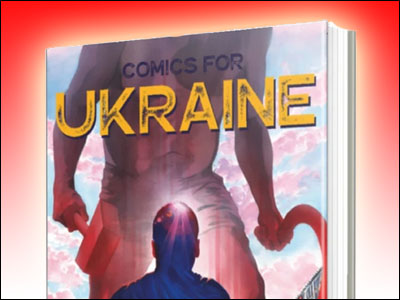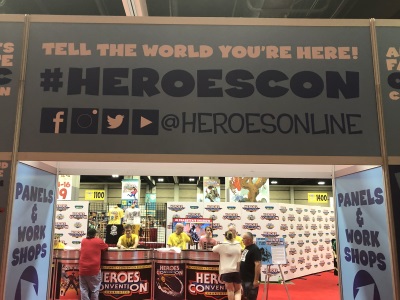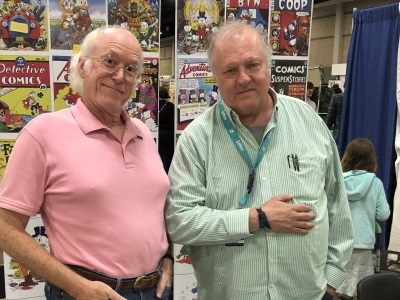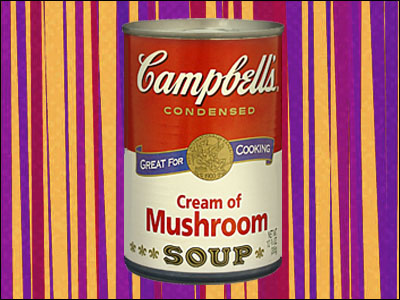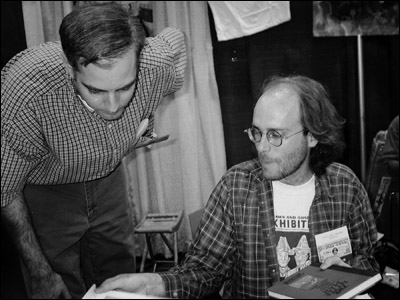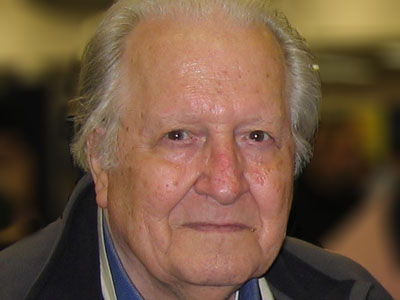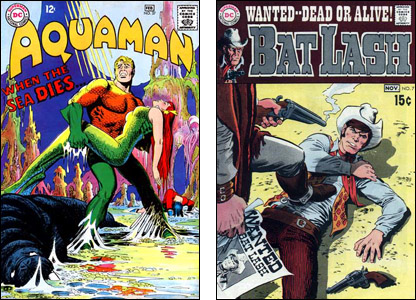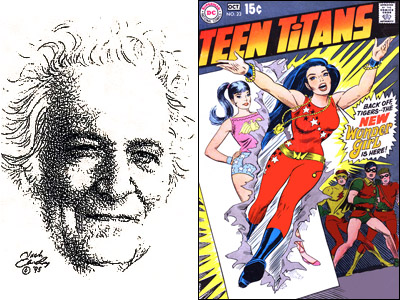…or maybe three depending on how you count.
One day back when I was working with Jack Kirby, we were for some reason talking about Marie Severin. Jack was a great fan of many other artists and Marie was one of them. He thought she was the best caricaturist in the business and said it was a shame that she was drawing superhero comics for Marvel instead of movie and TV parodies for MAD. She should also, he said, be doing the kind of lucrative commercial art (movie posters, advertising, etc.) that Mort Drucker and Jack Davis were doing thanks to their MAD connections.
(Quick Aside: Marie worked for Bill Gaines back in the days of EC Comics as a colorist and production artist, and when Gaines pared his empire down to just MAD, she did occasional coloring jobs for them…but the number of times a female drew for MAD in the Gaines/Feldstein era is the same as the number of times you and I have done the polka on Saturn.)
I may have mentioned that to Jack that day. He definitely said it wasn't right that she was the only lady drawing for DC or Marvel. I said, "Well, except for Ramona Fradon."
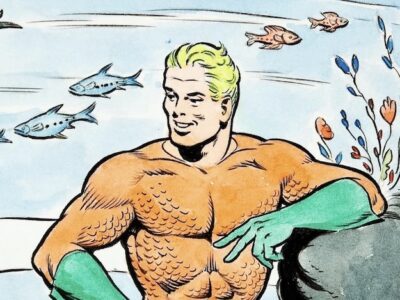
Jack then asked me, "Who's Ramona Fradon?" Jack was not a big reader of comics and very little of the work Ramona had done by that time had had credits on it.
I told him about Ramona. I also rummaged through a pile Jack had of recent DC books he'd been sent until I found a couple of reprintings of Aquaman stories by Ramona. Jack looked at them and exclaimed, "She's great!" And he started pointing out interesting ways Ramona had staged what, in the hands of some other artists, would have been fairly placid drawings.
That was one of the things Jack felt was of paramount importance in drawing comics: Clear but imaginative staging. He felt a lot of artists could do one but not the other.
In the weeks that followed, we occasionally talked about having other artists perhaps take over some of the comics Jack had started for DC or wanted to start. Jack always mentioned Marie, Steve Ditko, Wally Wood, Don Heck, John Romita, Dan Spiegle, one or two others and "that lady whose work Mark showed me." He never remembered her name but he never forgot her drawing.
Okay, that's the first story about Ramona. You can count this next one as #2 or as an extension of #1…
It was at a Comic-Con International in the mid-nineties. Might have been 1995, which is when the last of these Ramona Fradon stories took place. Back in those days, I often moderated a Golden Age and/or Silver Age Panel. This is back when we had guests at the con who'd worked on comics in the so-called Golden or Silver Ages.
Ramona was at one of those panels and so was the great Al Williamson. I don't recall if they were both on the panel or if one of them was in the audience. I do recall that after the panel, Al took me aside and started asking me what comics Ramona had drawn.
I spotted nearby a pal of mine who was holding some issues of Metamorpho he'd brought to the panel to get Ramona to sign. He graciously allowed me to show them to Al…and Al did what so many artists in the business had always done: He imitated Jack Kirby — though in this case, without realized he was doing that. He said all the same things.
Then he had me introduce him to Ramona and he said all the same things again, only to her face. She was very flattered and more so later when she asked me who Al Williamson was and had me show her some of his work.
If I were a comic artist, I think I'd be pretty damn happy if either Jack Kirby or Al Williamson loved my work as much as they loved Ramona's. Even if every single other person who ever looked at one of my comics thought I stunk, I'd feel proud to impress just one of those men, let alone both.

Third story and I'm switching to the present-tense. It's the 1995 con and Ramona is an honored guest. She's still drawing the Brenda Starr newspaper strip and is not shy about telling everyone that she can't wait to be done with it. See earlier comments about how she came to prefer doing commissions rather than stories. Her contract is up soon…but not soon enough as far as she's concerned.
To clear time to attend the con, she'd rushed and handed in a large batch of strips ahead of time…and she brought her pencil roughs for them to the con to sell at her table. But there's this crisis: The finished strips she mailed off to the syndicate never arrived. Lost in the mail or something.
Whatever the reason, Ramona has to redraw them all that day. Re-creating the pencil art and the lettering is the easy part because she has those roughs. She stayed up much of the night doing that. But inking all those dailies will mean staying in her room all day. She won't be able appear on one panel. She won't be able to sit at her table making money doing sketches for her many fans.
Ramona tells me all this at the breakfast buffet at the Manchester Grand Hyatt. "After I eat, I have to back up to my room and spend the day inking," she tells me.
That does not seem right to me. I tell Ramona an idea I have and…well, let's just jump to a half-hour later at the con in the Artists' Alley section. I'm running around with the strips in pencil asking artists if they'd like to ink a panel of Ramona Fradon art.
Every single one of them says yes. Every single one.
I wish I could give you a full list. I just found an old article I wrote about this on Facebook and it mentions Paul Smith, Bob Smith, Jeff Parker, Rick Parker, George Freeman, Jim Amash, Scott Shaw!, Karl Kesel, Steve Leialoha, Colleen Doran, Trina Robbins and Al Gordon.
Others on Facebook mentioned Mark Schultz and I remember that I inked a background or two myself. In some cases, two artists sat very close together so one could ink the first panel of a strip while the other worked on the last panel on the same piece of illustration board.
I don't remember how many strips there were or how many artists inked a panel or part of a panel. I just remember we got the whole batch finished in about an hour. Ramona spent a little time retouching some odd variations on her style and thanking all who'd bailed her out.
I do remember the incredible feeling of camaraderie. Steve Leialoha just posted this on Facebook…
There was quite a crush of artists wanting to help out so Ramona could actually attend the con and not be stuck in her room. We were all long time fans and this was a great opportunity to repay her.
I also remember that among the artists who worked in the same area, an awful lot of "shop talk" about the craft of inking and how skillful Ramona's work was. If you were a beginning artist, you could have learned a lot eavesdropping on those conversations.
Lastly, I remember the one downside of the whole effort. We had more volunteers than we did panels that needed to be inked. A couple of fine artists heard what we were doing, rushed over and I had to tell them it was all taken. I believe that among the disappointed were Stan Sakai, Don Simpson and Mike Royer…
…and there was one artist who was really disappointed because he really, really wanted to ink some of Ramona's work and I hadn't thought to save him a panel. That artist was Al Williamson.

